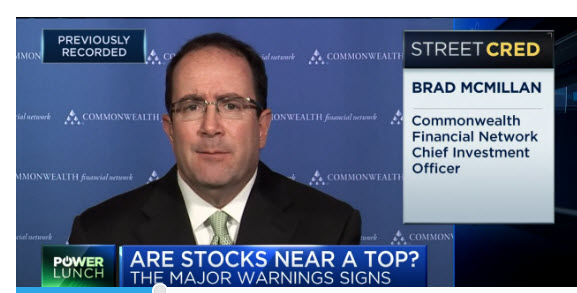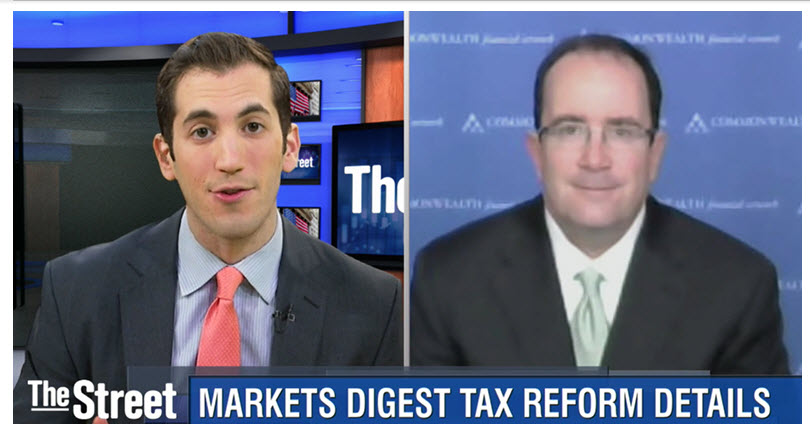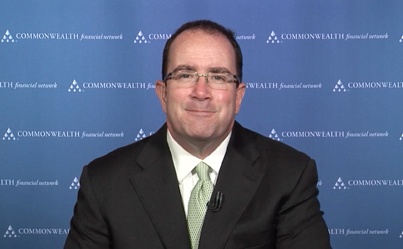All of the coverage on bitcoin has centered on its radical appreciation this year. But I believe something is getting lost in the discussion. While much has been said about the price of bitcoin, there has been little mentioned of its value. What I mean by this is that the value of bitcoin, at this point, is purely speculative. People are buying it in the hope that it will become an asset class of its own or just because it has risen so much—not because of what it is intrinsically worth.





















